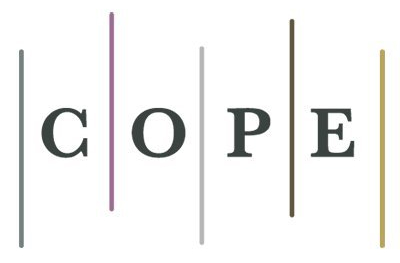Cardiovascular and thrombotic compromiso in COVID 19. Involvement in clinical an therapeutic implications
DOI:
https://doi.org/10.22529/me.2021.6(2)07Keywords:
COVID 19, SARS Cov2, High sensitivity troponin, Dimero D.Abstract
The coronavirus 2019 (COVID 19) infection produced by the SARS Cov2 virus is characterized by
exuberant cytocinemia, endothelial microvascular and macrovascular inflammation that predominantly
affects the respiratory system, but there is sufficient evidence that this disease, particularly in its more
severe forms it also affects the cardio-vascular system among others,. The objective of this review is to
describe the cardiovas-cular and thrombotic manifestations of this disease and its clinical and therapeutic
impli-cations. For this purpose, articles published in pubmed medline related to cardiovascular
manifestations and thromboembolic disease that complicate patients with COVID 19 have been selected.
Pre-existing cardiovascular disease and present cardiovascular risk factors ac-count for morbidity and
mortality in this disease.
Cardiovascular manifestations are caused by cardiac injury manifested by the in-crease in troponin levels
associated or not with electrocardiographic and / or echocardio-graphic abnormalities. Myocardial
dysfunction occurs in around 60% of patients hospi-talized for COVID 19 depending on the population
being evaluated. Possible causes of injury include: imbalance between supply and demand of oxygen due
to tachycardia, hypotension, hypoxia resulting in a type II infarction, acute coronary syndrome due to
plaque rupture in a thrombotic and inflammatory environment resulting in a type I in-farction,
microvascular dysfunction due to diffuse microthrombosis, stress cardiomyo-pathy (Takotsubo syndrome),
non-ischemic myocardial injury due to a hyperinflammato-ry state due to increased cytosines, and direct
viral toxicity producing myocarditis.
On the other hand, the thrombotic mechanisms involved in COVID 19 are due to a state of
hypercoagulability, this virus promotes the massive formation of fibrin, which would explain the high levels
of D-dimers observed. This coagulopathy can cause various arterial and / or venous thrombotic and
thromboembolic complications, especial-ly in critically ill patients, the pathogenesis is due to endothelial
injury, inmobilization and increased circulating prothrombin.
As we can see, this pathology in its most serious forms are associated with bi-omarkers such as high
sensitivity troponin, D dimer and ferritin, among others, all of which are the result of cardiovascular and
thrombotic involvement of COVID 19, also constituting markers of bad prognosis.
Published
How to Cite
Issue
Section
License
Copyright (c) 2021 Methodo Investigación Aplicada a las Ciencias Biológicas

This work is licensed under a Creative Commons Attribution-NonCommercial-ShareAlike 4.0 International License.




















